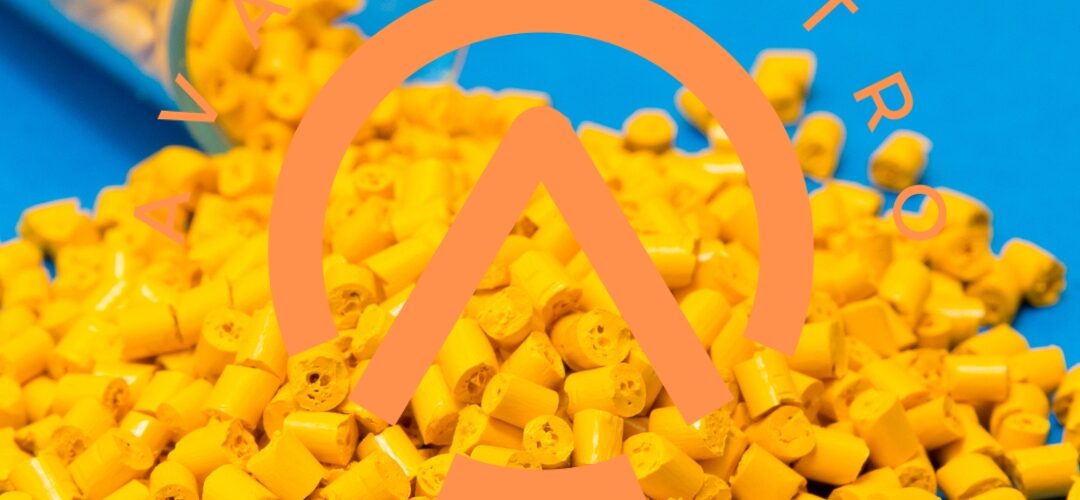Polyethylene Market Overview and Applications
Introduction
In the realm of polymers, polyethylene stands as one of the most versatile and widely used materials. Its prevalence can be seen in our everyday lives, from plastic bags to water bottles, making it essential to understand the polyethylene market overview and its diverse applications. In this article, we will delve into the world of polyethylene, exploring its properties, production, and a multitude of uses that impact various industries.
Understanding Polyethylene
Polyethylene, often abbreviated as PE, is a synthetic polymer composed of ethylene monomers. It is classified into several types based on its density, with the most common ones being Low-Density Polyethylene (LDPE), High-Density Polyethylene (HDPE), and Linear Low-Density Polyethylene (LLDPE). These variations result in distinct characteristics that make them suitable for different applications.
Production Process
The production of polyethylene involves the polymerization of ethylene gas, which forms long chains of polymers. The process typically includes high-temperature and high-pressure conditions, and various catalysts are employed to control the polymer’s characteristics. Afterward, the polymer is cooled and cut into pellets for further processing.
Versatile Applications
Packaging Industry
One of the primary applications of polyethylene is in the packaging industry. LDPE, with its flexibility and transparency, is commonly used for plastic bags, shrink wraps, and food containers. HDPE, known for its strength and durability, is used for bottles, caps, and industrial containers.
Agriculture
In agriculture, polyethylene plays a crucial role in the form of agricultural films. These films are used for mulching, greenhouse covers, and silage bags. They help in conserving water, controlling weeds, and protecting crops from adverse weather conditions.
Healthcare
In the healthcare sector, LDPE is used for the production of medical devices such as gloves and syringes. Its biocompatibility and ease of sterilization make it an ideal choice for these critical applications.
Construction
HDPE pipes are widely used in the construction industry for water supply and drainage systems due to their corrosion resistance and durability. Additionally, LLDPE is used for geomembranes, which act as barriers in landfills and environmental containment.
Automotive
Polyethylene finds its way into the automotive industry through various components like fuel tanks, bumpers, and interior trim. Its lightweight properties contribute to improved fuel efficiency.
Consumer Goods
From toys to household items, polyethylene is a key component in many consumer products. Its ease of molding into different shapes and colors makes it a favorite among manufacturers.
Sustainability and Recycling
In recent years, the sustainability of polyethylene has become a focal point. The industry has made significant strides in recycling programs and the development of biodegradable polyethylene, reducing its environmental impact.
Conclusion
Polyethylene, with its remarkable versatility, continues to be an integral part of our modern lives. Its widespread use across various industries underscores its importance in today’s world. As we move forward, efforts to make polyethylene more sustainable will be crucial in preserving our environment.
FAQs
- Is polyethylene biodegradable? Polyethylene is not naturally biodegradable, but efforts are underway to develop biodegradable variants.
- What are the environmental concerns associated with polyethylene? The main environmental concern is its non-biodegradability and potential for littering. Proper disposal and recycling are essential.
- Are there health risks associated with polyethylene products? Polyethylene is generally considered safe for use in consumer products when used as intended. However, like any material, it should be handled and disposed of responsibly.
- What is the difference between LDPE and HDPE? LDPE is low-density polyethylene, known for its flexibility, while HDPE is high-density polyethylene, prized for its strength and durability.
- How is polyethylene recycling beneficial? Recycling polyethylene reduces the demand for new plastic production, conserves resources, and helps mitigate environmental impacts.

